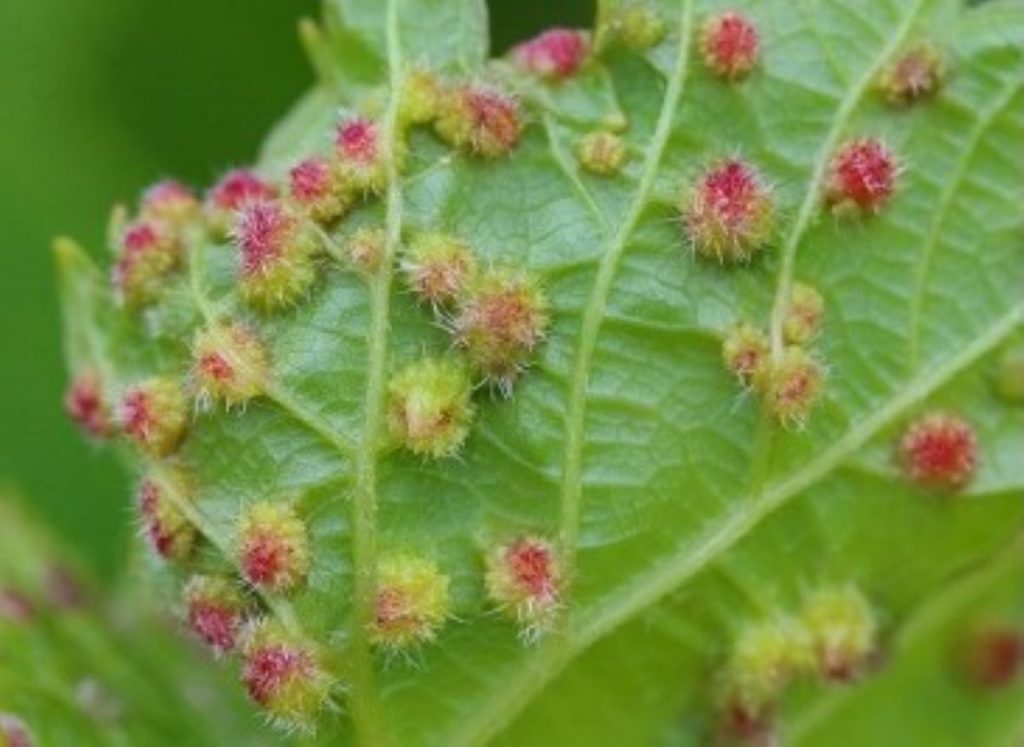Without resorting to alarmism, the detection of the phylloxera plague in Tenerife is a cause for concern in the wine sector. In this context, the Chair of Agrotourism and Wine Tourism of the Canary Islands – from the Canarian Institute of Agro-Food Quality and the University of La Laguna – urges heightened vigilance, prudence, and collaboration in light of the identification, for the first time in the Archipelago, of outbreaks of grape phylloxera (Daktulosphaira vitifoliae), a pest that has never before been observed in these Islands.
Its entry into Europe in the 19th century (1863) caused a massive devastation of vineyards, with effects that lasted for over thirty years, thanks to the use of American rootstocks which were resistant. It arrived in Spain in 1878, primarily through Málaga, Girona, and the border area with Portugal, near the River Douro.
Now, the regional government and the Cabildo have activated a joint protocol to mitigate its spread. Measures include the removal of affected plants and roots after disinfection, the establishment of a monitoring zone around the outbreak, extensive surveying in both commercial and non-commercial farms, as well as informational sessions.
A technical guide with images and detailed descriptions will enable viticulturists and technicians to effectively recognise the symptoms of phylloxera on leaves and roots. This document is available for consultation and download on the website of the regional department of Agriculture, Livestock, Fisheries, and Food Sovereignty.
In the Tacoronte-Acentejo region, several outbreaks of phylloxera have been identified, a pest that authoritative voices in the sector have described as “extremely complicated and serious”, posing a risk to the 3,200 hectares of vineyards on the island of Tenerife.
The Cabildo and the Canary Government have removed the affected plants and roots, disinfecting the area and delimiting the outbreak to prevent its spread. However, since the pest is impossible to eradicate once it establishes itself in the roots, the only long-term solution will be the restructuring of the plantations. This will be achieved by grafting Canary varieties onto American rootstocks that are resistant to the insect.
The harmful organism “disperses in a vineyard, from plant to plant and by short-distance air movement when the pest is in its aerial phase.” According to literature, the aerial phase of the pest occurs occasionally in the varieties of the species Vitis vinifera. The terrestrial phase is the most prevalent and difficult to detect. In this case, the pest’s spread will occur through root-feeding larvae that move from one plant to another.
Given that the sites where the outbreaks have been detected do not seem to be the origin, and considering the direction of the prevailing winds (trade winds), it is believed that the infection is spreading along the northern slope towards the west. Therefore, initial surveys should focus on these areas, as well as those near the outbreaks.

The insect Phylloxera vastatrix (now known as Daktulosphaira vitifoliae) is a parasite of the vine first described by Asa Fitch in 1855 in the United States. It is a small but lethal, piercing aphid with significant polymorphism. The parthenogenetic forms are apterous, varying in colour between yellow and ochre, and vary in size between 0.3 and 1.4 millimetres.
It exists in two forms: Gall-inducing (living on the leaves, forming galls) and Root-inducing (living in the roots, forming nodes or tuberosities). The damage is primarily caused by the former, which pierces the roots during its feeding process, leading to hypertrophy over time until it turns into nodes or tuberosities that ultimately cause the death of the root system and, consequently, the plant.
The historical legacy of wine in Tenerife dates back over 500 years, a tradition that led to its wines being valued in Europe and mentioned in works by authors such as William Shakespeare and Walter Scott. Although the industry suffered a decline between the 17th and 18th centuries, a renaissance occurred in 1985 with the first Denomination of Origin, that of Tacoronte-Acentejo.
Currently, Tenerife is home to six Protected Designations of Origin for wine: Abona, Valle de La Orotava, Valle de Güímar, Tacoronte-Acentejo, Ycoden Daute Isora, and Islas Canarias. These D.O.s represent over 70% of the total production in the Canary Islands, encompassing around a hundred wineries.
Phylloxera also threatens the burgeoning wine tourism industry, essential for supplementing the agricultural economy.
















